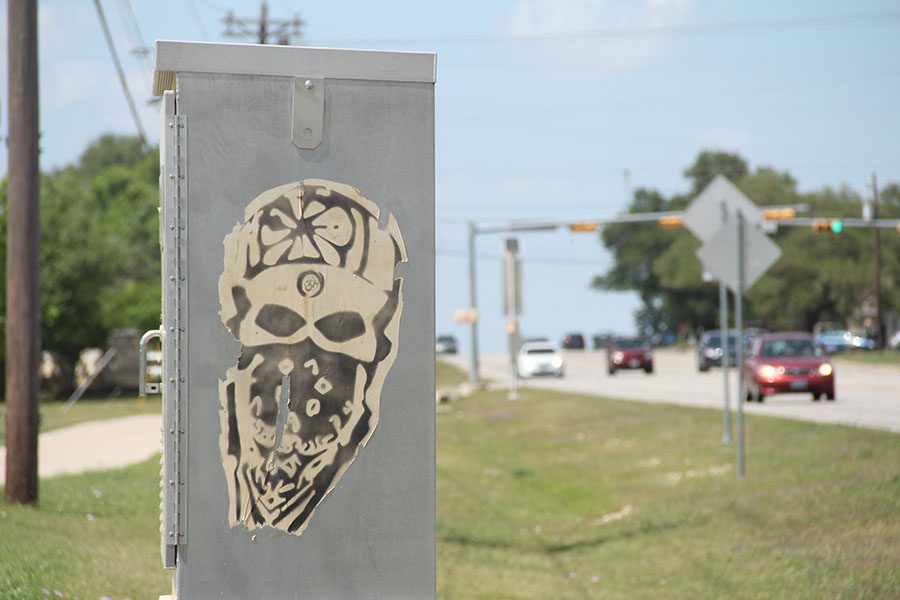Contract could put end to graffiti in Austin
Students share their thoughts on graffiti and whether or not it should be legal
A piece of graffiti near the school. Even though it is an expression of art, it is still illegal.
April 13, 2016
Graffiti is a type of expression in which a graffiti artist uses spray cans on sidewalks or walls of buildings to make art, slogans or initials. Even if it’s expression, it is classified as a crime and can go from either a misdemeanor or felony depending on the damage done.
“I think graffiti is a two-way street,” junior Paul Hefner said. “In some cities, like Austin, graffiti doesn’t really affect anyone and is purely for the artistic aspect, but in some places like L.A. or Detroit or other shadier places graffiti is used for gang symbols or turf wars or whatnot. I think it should be the city’s choice whether it is legal or not.”
Hefner does, however, see it as an expression as well, but this art is at the mercy of the owners of the buildings that it was sprayed upon.
“I think they [the city officials] should have the right to remove it if it is on city property, if it is on privately owned property it should be the owner’s decision,” Hefner said.
There are also people who believe it, as art, should be allowed.
“Yes [it should be legal],” junior Ty Schaffner said. “It is an art form and shouldn’t always be on canvas.”
As of now Austin is considering a contract with Woods Maintenance for up to $90,000 a year to help remove the graffiti in the city. Schaffner does think that there should be a place for graffiti artists.
“Yeah like a graffiti park,” Schaffner said. “Just for people who like graffiti and want to express their art.”
There are graffiti parks in the Austin area, one of them being located at 1008 Baylor Street. When senior Ben Gibson and junior Emily Pan visited the graffiti park, Gibson likes that it allows for artists to showcase their work and vent out their frustration and the fact that the art never stays longer than a day.
“I like this about it because it is almost a competition to see who can put up the best work without it getting tagged over, even though most artists don’t mind their work eventually being covered,” Gibson said.
However, his thoughts on what’s in the park is still the same.
“I definitely still think that graffiti should be illegal unless commissioned,” Gibson said. “Tagging and whatnot is still the highest and most prevalent use for it, and therefore should not be allowed to be on public buildings, again these parks help alleviate that somewhat, but this only works in more “artistic” areas like Austin.”








